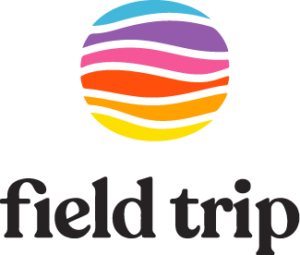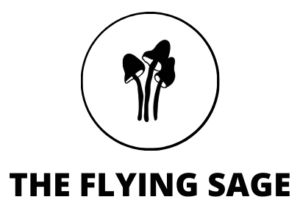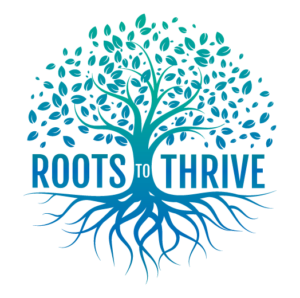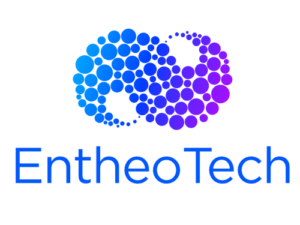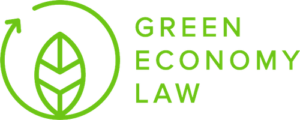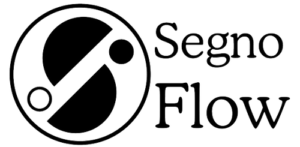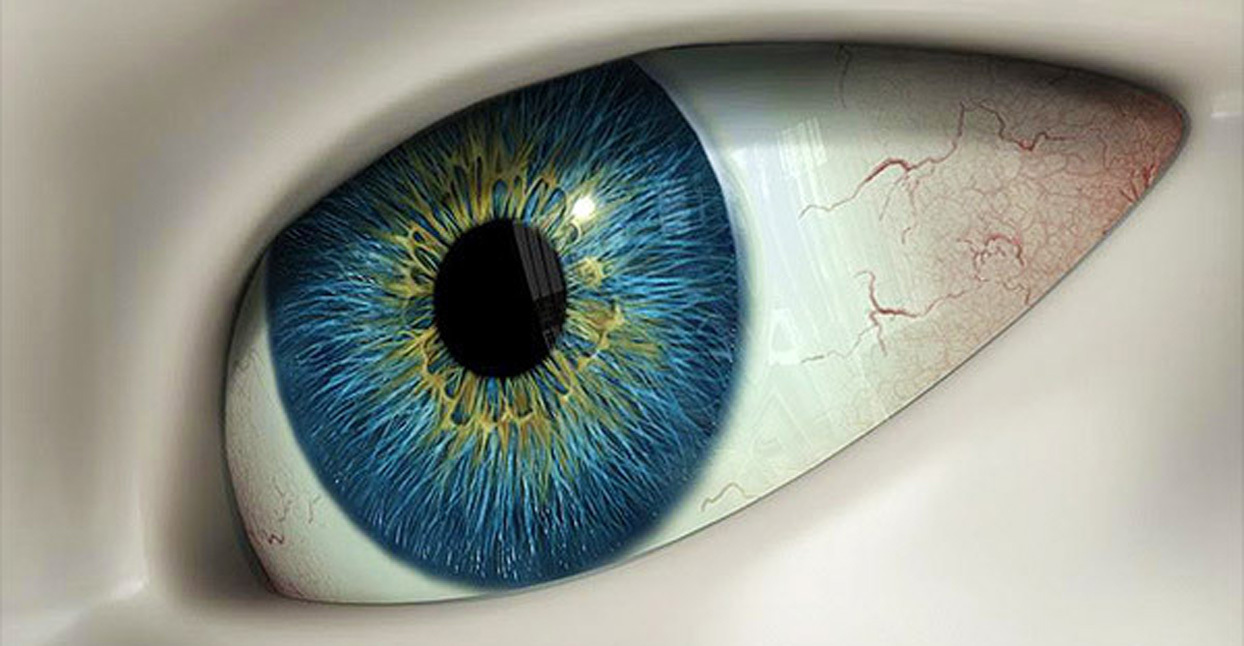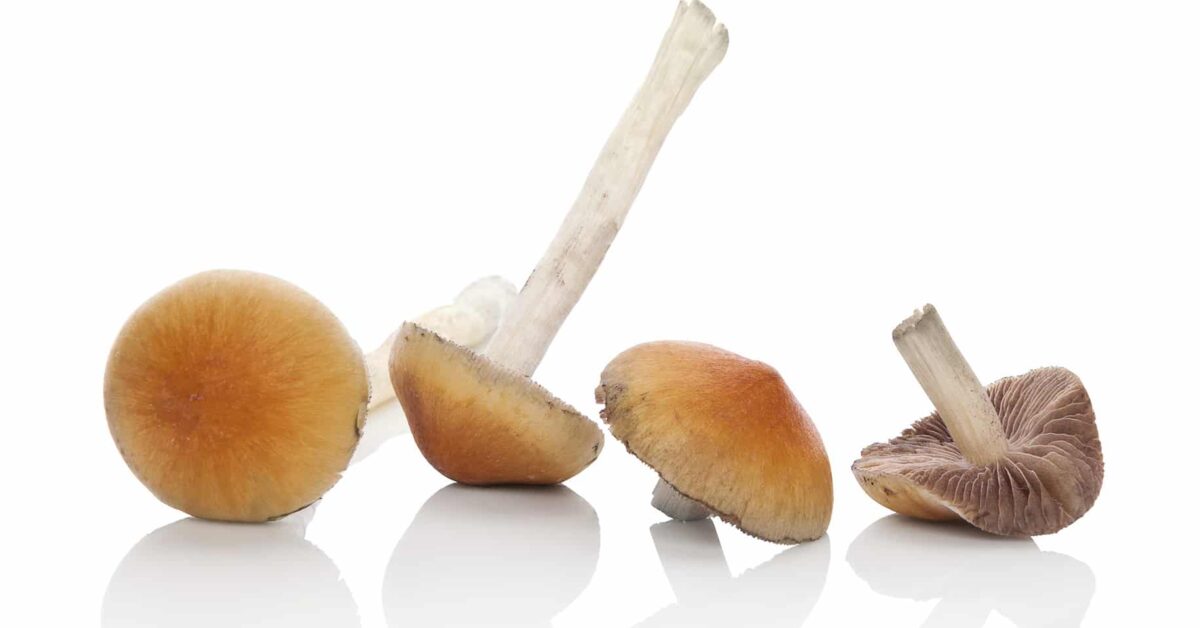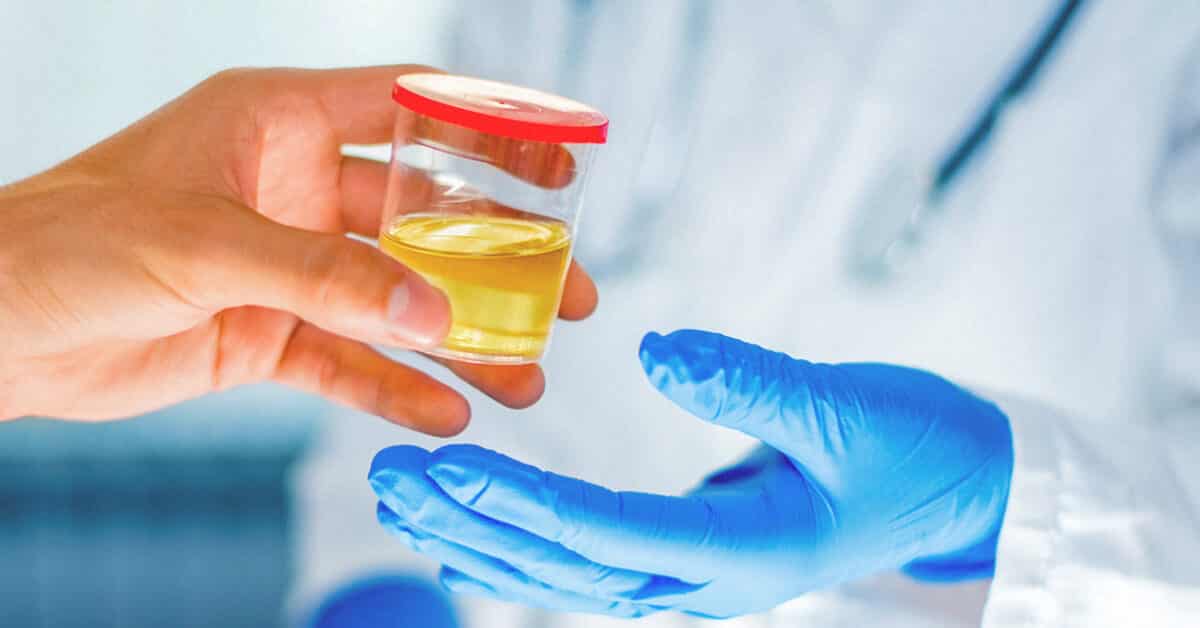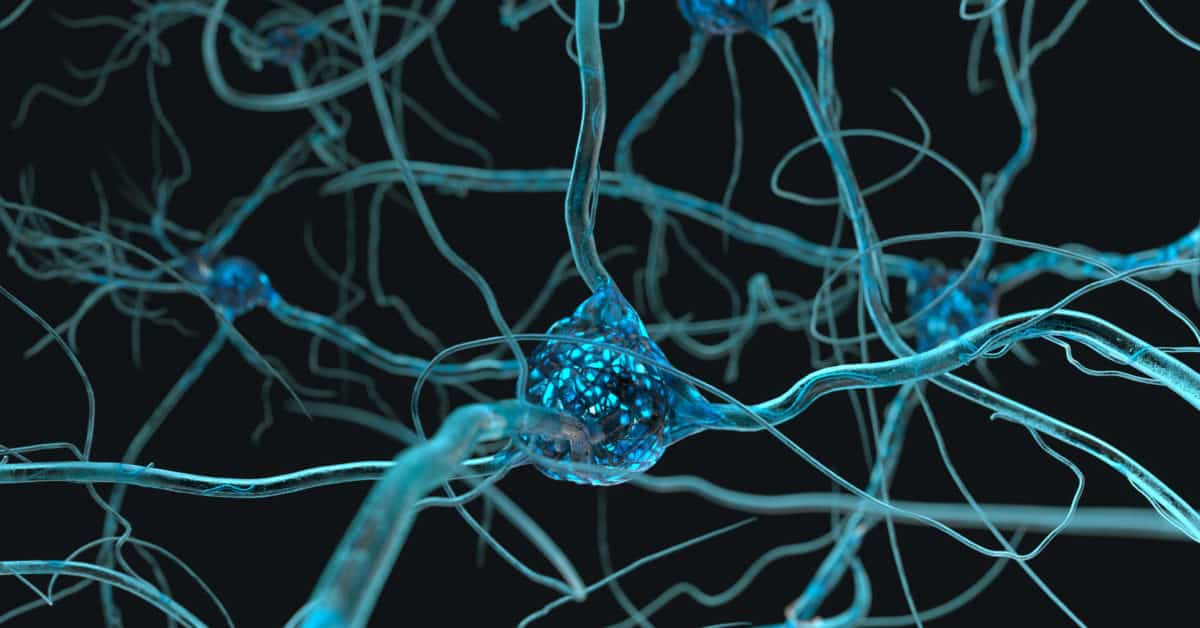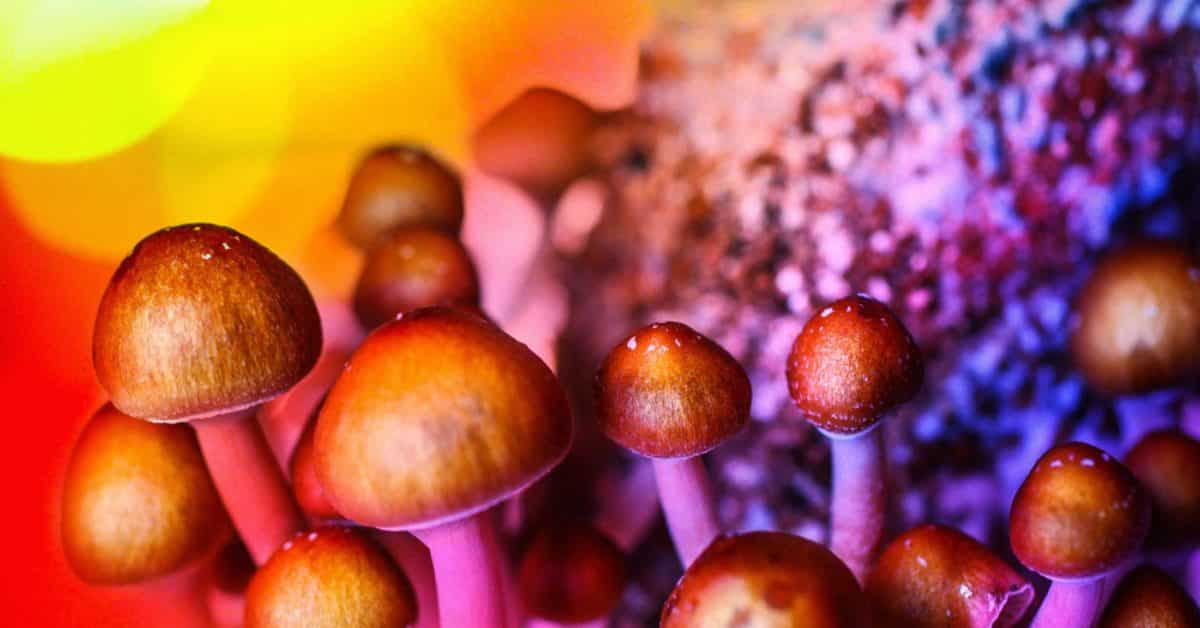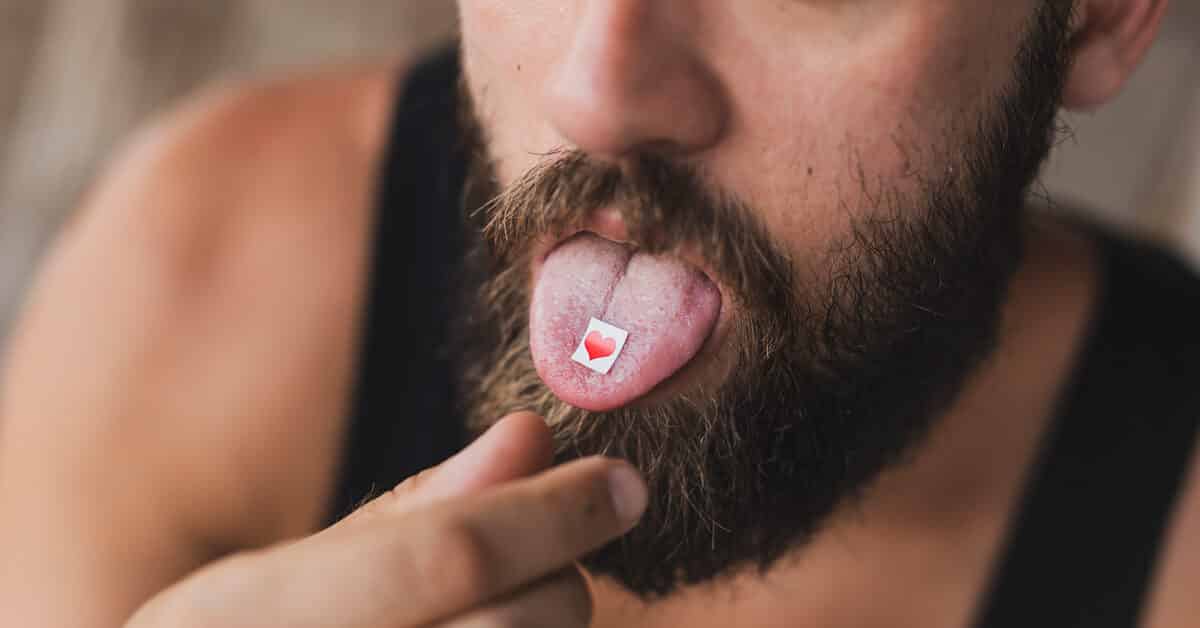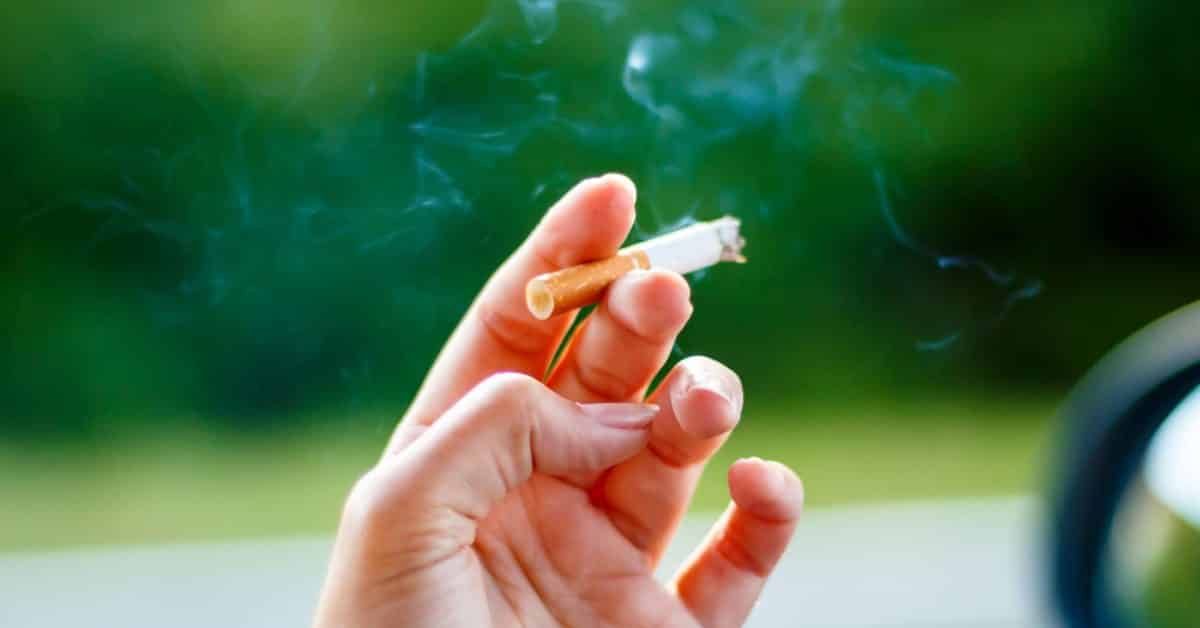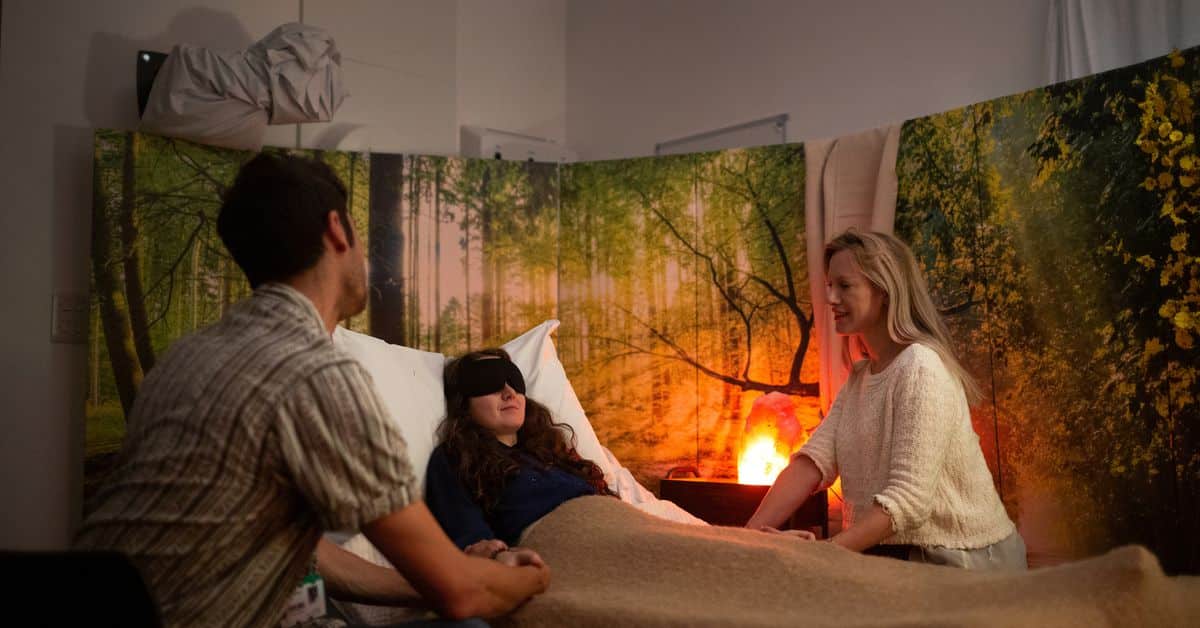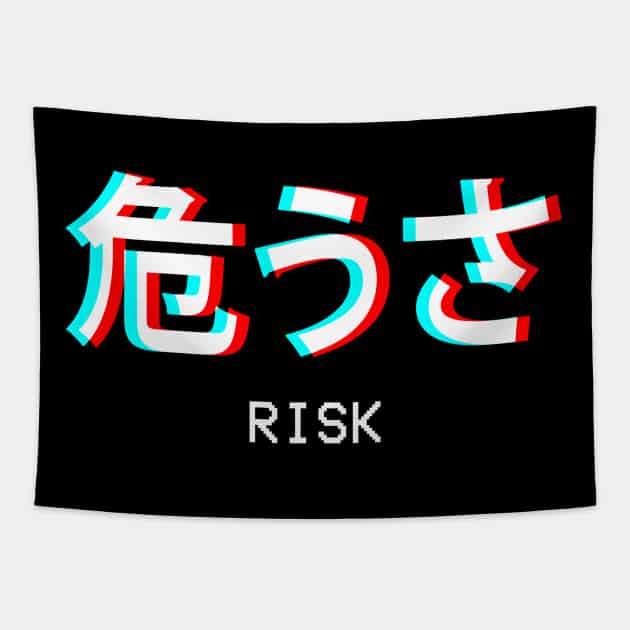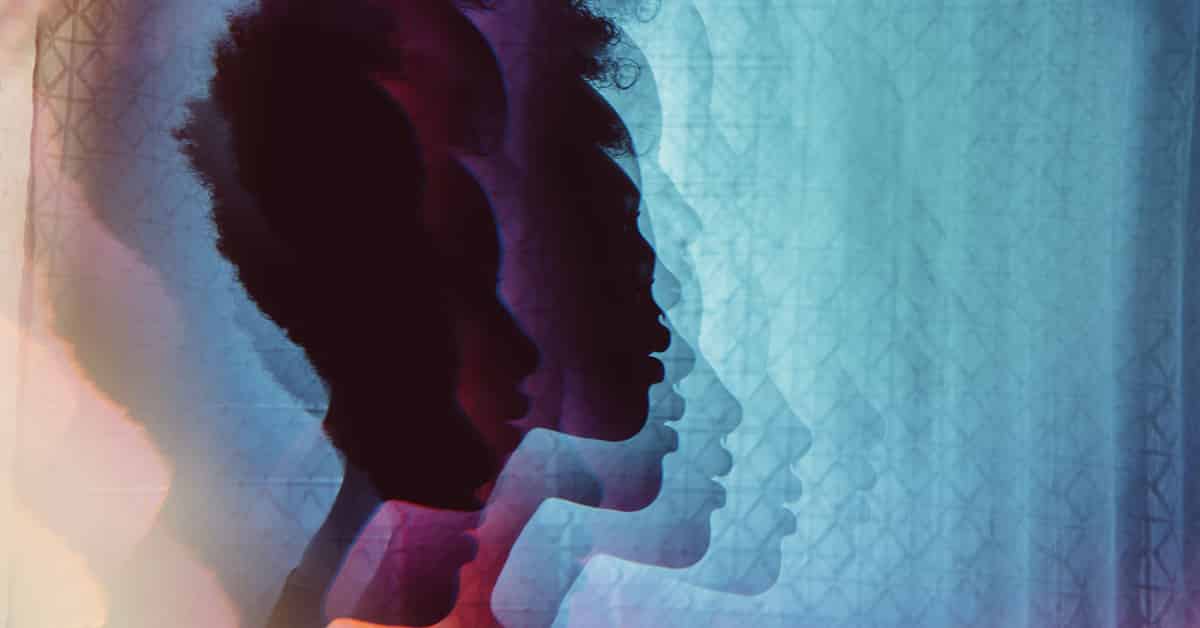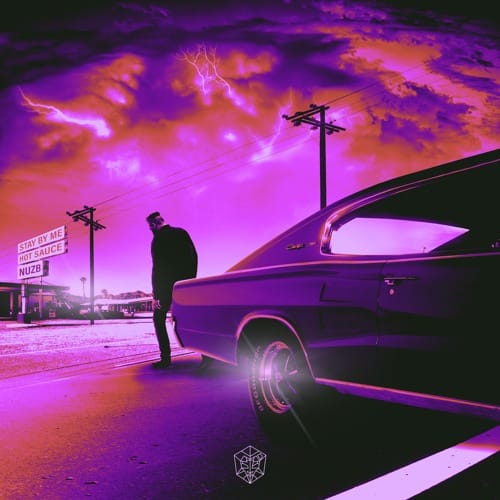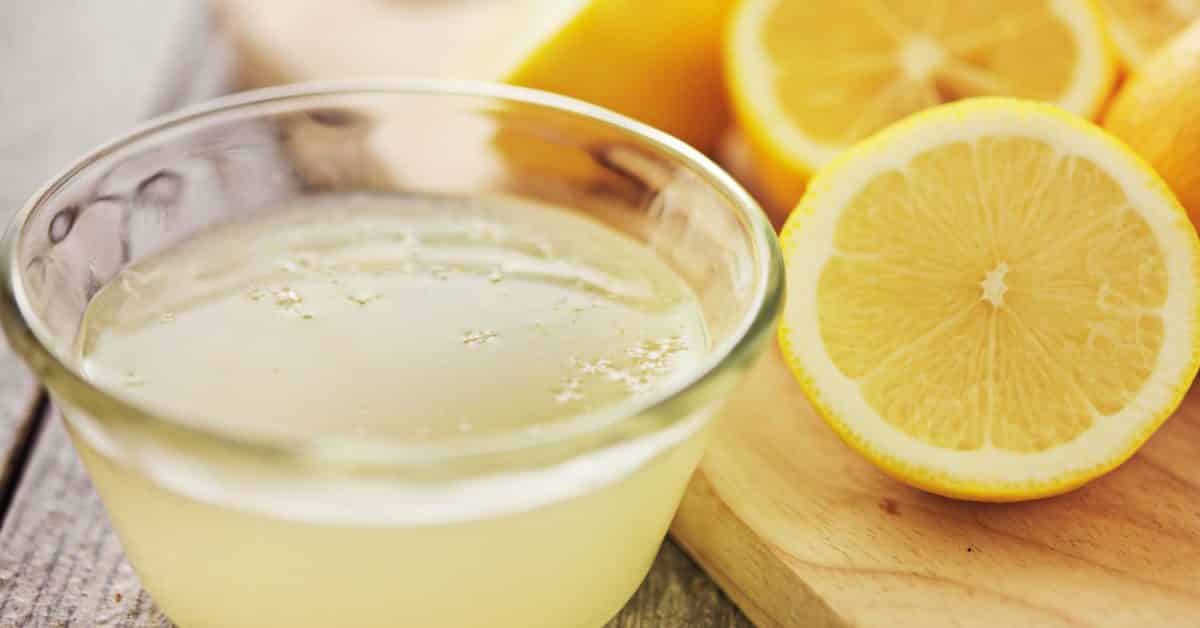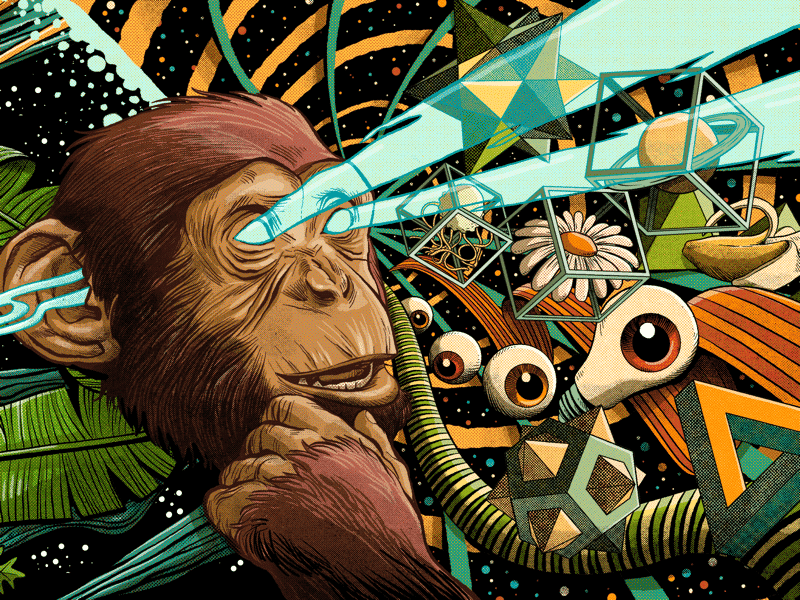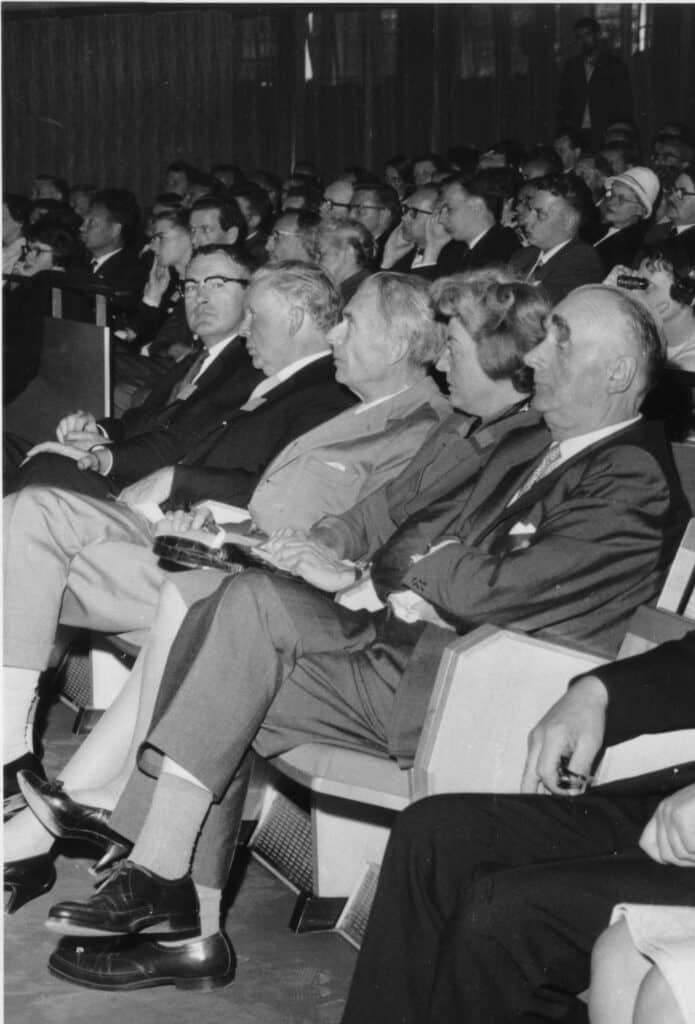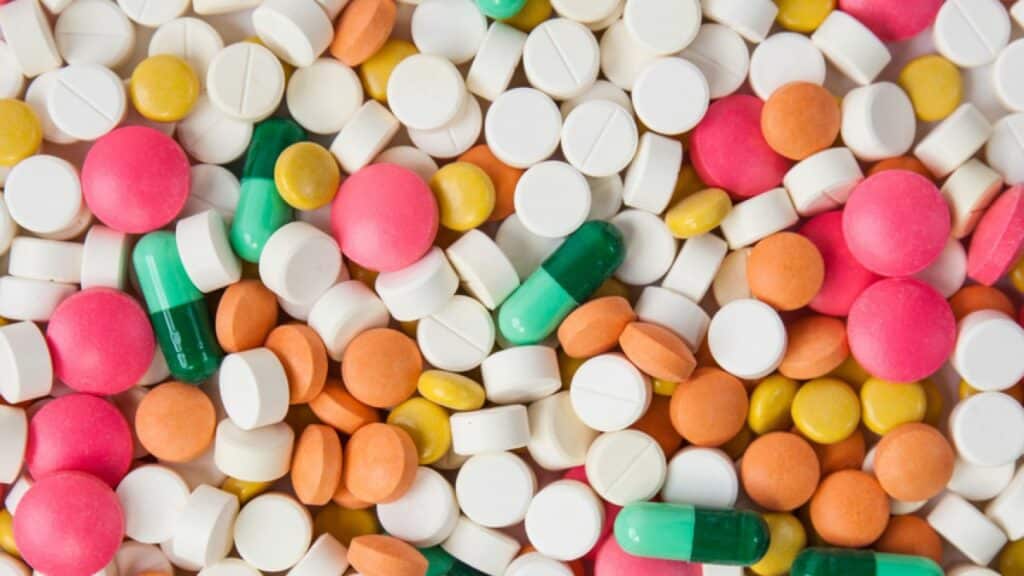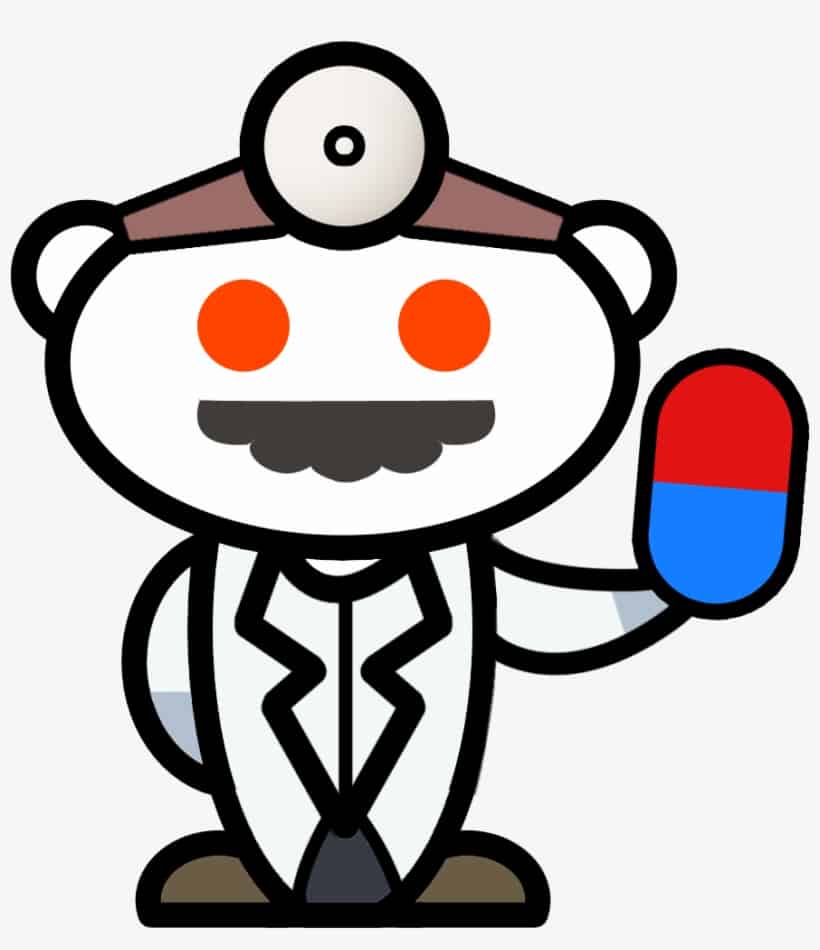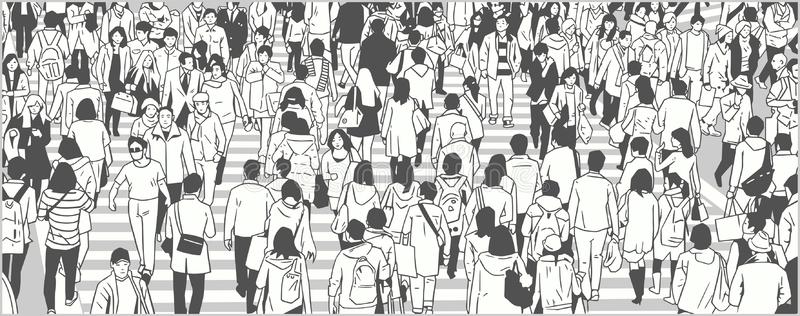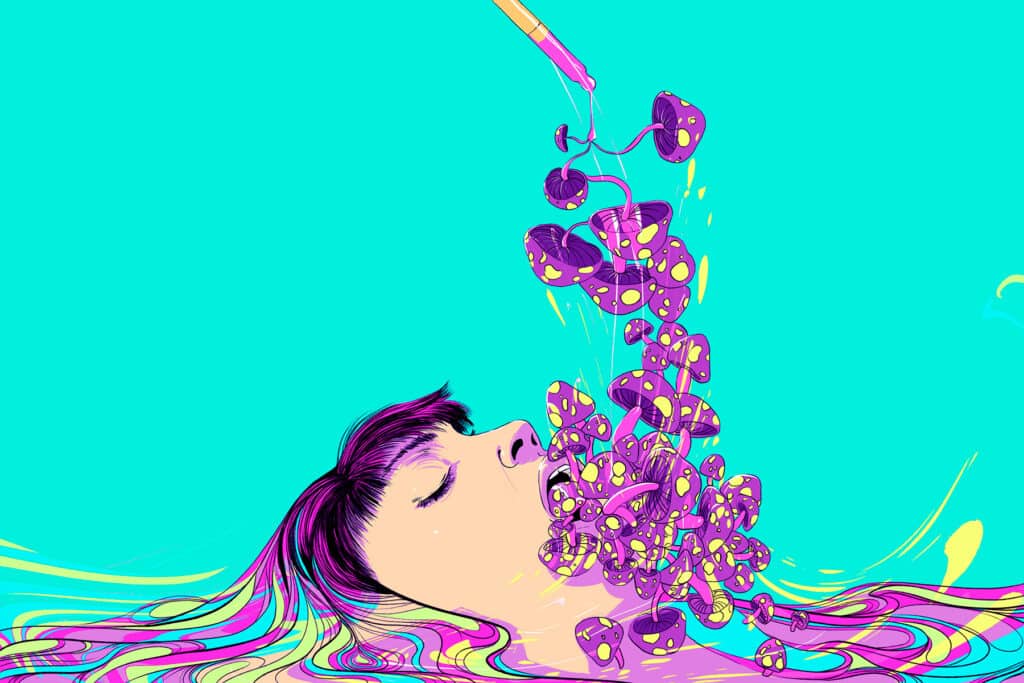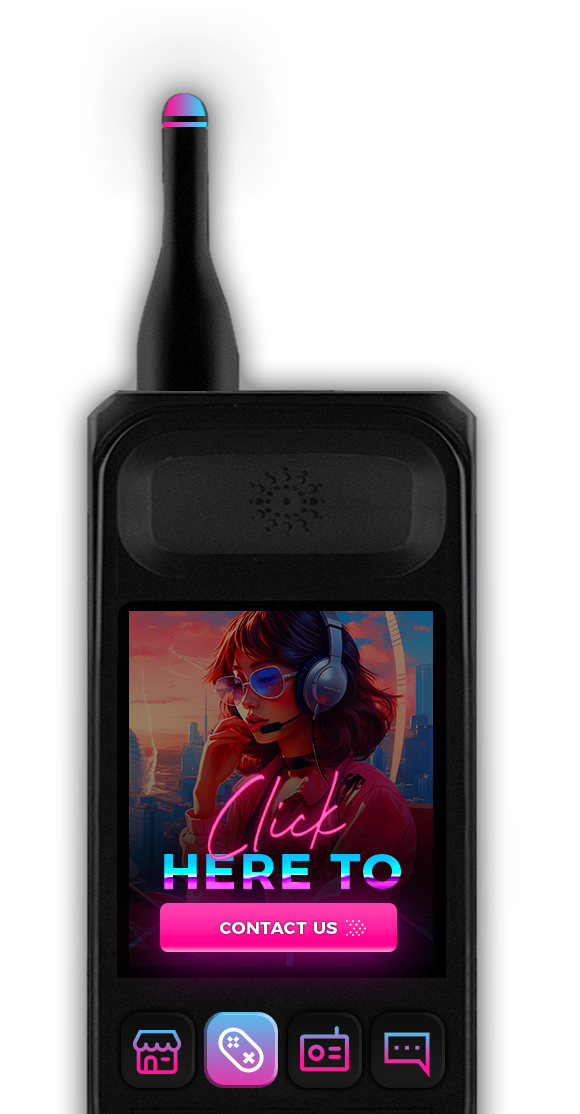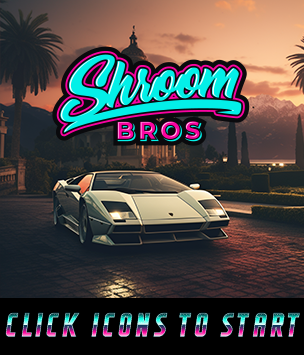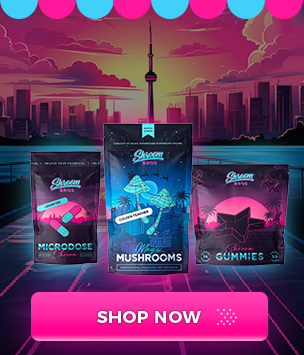Introduction
Exciting news for all of those interested in seeing Canada move forward with progressive initiatives to legalize and regulate psilocybin therapy for patients in the country. The Canadian Psychedelic Association (CPA) formally submitted a draft framework to Health Canada last Wednesday, which outlines their professional opinions on how psilocybin-assisted therapy should be regulated.
The draft is a 182-page-long document, called a “Memorandum of Regulatory Approval”, or “MORA”, draws from several different sources: the Canadian Cannabis Act, Canada’s Cannabis Regulations, Narcotic Control Regulations, the Controlled Drugs and Substances Act, the Cannabis Exemption to the Food and Drug Act, and the Food and Drug Regulations. Much inspiration was also taken from the successful ballot effort, Measure 109 – which famously won legalization for medical psilocybin in the state of Oregon.
There is also a letter attached to the document addressed to the Canadian Minister of Health, Patty Hajdu which provides an overview of the contents, and a summary of the CPA’s position of advocacy for the use of psychedelics in Canadian Health Care
Who is the Canadian Psychedelic Association
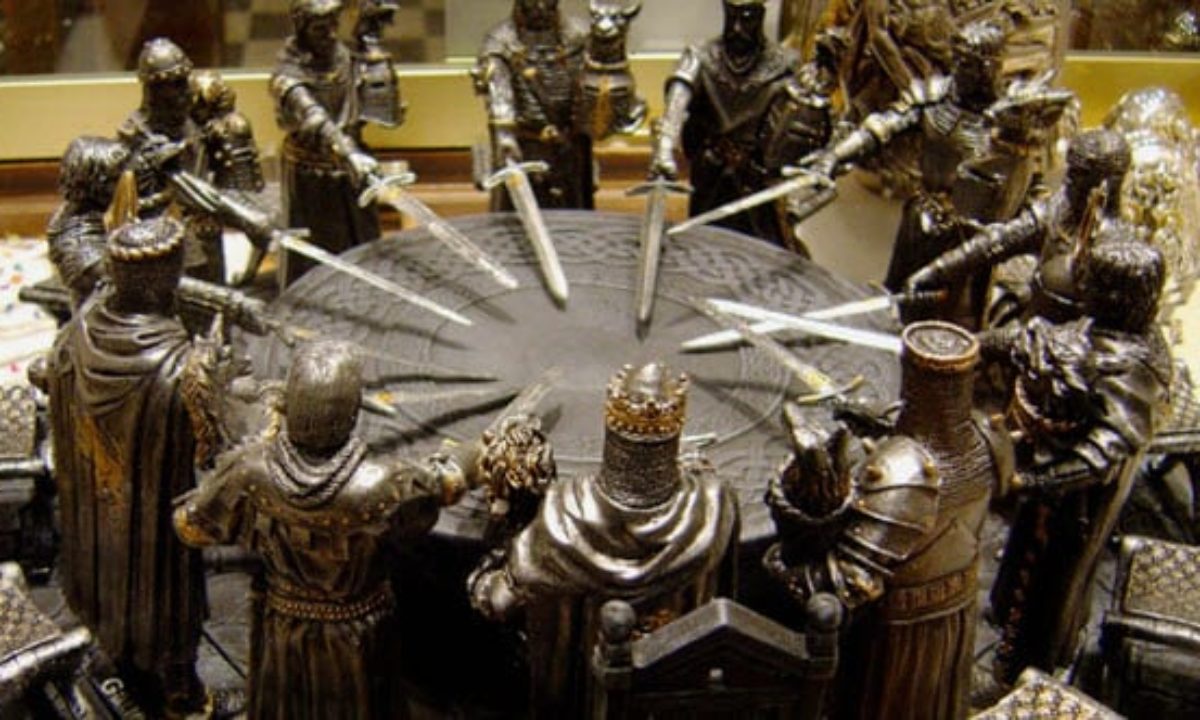
The Canadian Psychedelic Association is an organization that grew from a group of individuals active in the psychedelic community in Vancouver, as well as medical and therapeutic professionals who believe based on their own experiences and research in the healing power of psychedelics.
They officially became a Canadian non-profit organization in late 2019, and since that time have been dedicated to furthering advocacy for psychedelic medicine in Canada. We wanted to know a little bit more about who exactly is sitting on that board, and did some research. We’ve compiled profiles of the board members here:
Cory Firth, Executive Director
As a plant medicine advocate for 15 years, Cory is passionate about supporting the CPA in its efforts to advance the decriminalization and legalization movement in Canada. He joins the CPA in pursuit of expanding alliances with local, national and international partners with the intention to unite the psychedelic community nationwide and to nurture a foundation for safe, ethical and responsible use of plant medicines in Canada.
Ian Michael Hebert, Founding Member
Ian-Michael Hébert is a retreat center designer and psychotherapist. He holds a BA in design and development, and an MA in counseling psychology and community mental health. He had served on numerous non-profit boards, and worked for many institutions committed to the development of humanity’s potential.
Richard Kay, Founding Member
Co- Founder of The Sentinel Retreat & Wellness Centre. Founding member of The Canadian Psychedelic Association. Psychedelic Practitioner. Integration Coach. Producer of Psychedelic Practitioner Training. Richard is dedicating this 3rd chapter of his life to create avenues for people and communities to realize their full potential by using cutting edge procedures and technologies.
Dr. Pamela Kryskow, Founding Member
Dr. Pamela Kryskow is a medical doctor in Vancouver, British Columbia. Her training includes Family Medicine, Rural Emergency Medicine, Chronic pain, Functional Medicine and Ketamine Assisted Psychotherapy. She is currently working with colleagues on research related to Ketamine Assisted Psychotherapy, Psychedelic Microdosing, MDMA for Chronic Pain, Psilocybin, and Psychedelic therapy.
Gillian Maxwell, Founding Member
Based in British Columbia, Canada, Gillian brings her experience in harm reduction and drug policy reform, along with a wide and diverse network of colleagues and associates, who value her knowledge and wisdom. She co-founded the Canadian Drug Policy Coalition (CDPC), served on the board of directors of MAPS Canada for over 10 years, has spoken at conferences nationally and internationally. In 2012, Gillian received Queen Elizabeth II, Diamond Jubilee Medal, for community service in introducing harm reduction to Vancouver and successfully advocating for INSITE, North America’s first supervised injection site, that opened there in 2003
.
Trevor Millar, Founding Member
Trevor Millar is a social-entrepreneur who has played a role in advancing the psychedelic movement for nearly a decade. He has the unique perspective of having operated a business where he legally administered psychedelics to over 200 people within Canada, mostly for substance use disorder. He is a board member and co-founder of the Canadian Psychedelic Association and from 2018 to 2021 was on the board of directors for the Multidisciplinary Association of Psychedelic Studies (MAPS) Canada, where he acted as Chair of the Board for over two years.
Salimeh Tabrizi, Founding Member
Salimeh Tabrizi, M.Ed is a clinical counsellor, success coach, intuitive energy worker and plant medicine advocate who supports individuals in and out of ceremonies. As the founder of the Cannabis Hemp Conference and Expo, the largest and most comprehensive Cannabis conference in Canada, and a founding member of the Canadian Psychedelic Association, she is inspired by the co-evolutionary process between humans and Entheogenic plants such as Cannabis, Ayahuasca, Psilocybin and San Pedro. She feels grateful to be part of the collective as humanity faces a pivotal point of ascension and has a chance and choice to step into complete self-healing, empowerment and responsibility for Earth stewardship and protection.
Steve Rio, Board Member
Steve is a social impact entrepreneur, psychedelic guide, and musician based in British Columbia, Canada. Steve is Co-Founder and Founder of multiple ventures including Nature of Work, a work-wellness program, Humkala Institute, focused on retreats and research based on psychedelics, breathwork, meditation, and somatic modalities, and NOW with Steve Rio, a podcast that explores what it means to live a good life. Steve’s greatest hope is that all humans can realize their full potential in order to expand global consciousness, and transform the world.
Sonia Stringer, Board Member
Sonia Stringer is a business / life coach and professional speaker who has been involved in transformational work for over 25 years. She started her career working with peak performance expert Anthony Robbins, before launching a own coaching/training company that serves 500,000+ people around the world. Sonia has been a passionate advocate regarding the transformational use of psychedelics and plant medicines since 1998.
Jazmin Pirozek, Board Member
Jazmin Pirozek, HBA, MSc practices and teaches traditional and contemporary methods regarding the Boreal and Amazon forests plants. Currently, Jazmin is a consultant combining scientific and traditional methods, focussing on remediating chronic illnesses for the people of Northern Ontario, Canada. Jazmin has applied concepts of Nishnawbe Aski Nation Health Transformation perspectives in her work to combine Traditional and Contemporary Health practices to create better access to Integrative medicine for all.
What is the Canada Supports Alliance?
The Canada Supports Alliance was started by the CPA as a way to disclose all relevant stakeholders behind their association. It is, at its core, a group of likeminded companies who are working together to advance the interests of psychedelic medicine in Canada. Again, we were curious about who exactly these stakeholders were, so we investigated the subject and prepared dossiers on each of the companies for you to review:
Gwella describe themselves as “nature lovers with a passion for mushrooms, accessibility and creating.” They offer a small selection of legally derived nootropic mushroom products, and on their community page explain “our driving forces are intentional wellness and to ensure that anyone, outside of a clinical setting, who wishes to improve themselves through the incredible power of functional and psychedelic mushrooms, will be able to do so.”
Waves Pear Coaching is a service for those interested in learning plant medicine. Their About page explains, “After years of struggle with mental health symptoms, Peter was ready to try something different and attended his first psychedelic meetup in 2017. Following his transformative experiences with plant medicine, Peter became involved in the local Calgary psychedelic community helping to facilitate events…. He empowers people to see themselves in new ways and their problems from new perspectives, allowing them to release years of pain, and heal themselves.”
Wake Network “are focused on advancing the field of naturally derived psilocybin mushroom compounds and delivering them through genetics-based psychedelic therapies.” They are looking to be the first to bring a prescription psilocybin mushroom microdose product to market, with teams in Jamaica and Canada. They currently sell a collection of legally derived mushroom products on their site.
Nectara is an online community created to help people use psychedelic experiences to transform their lives. They offer masterclasses and have some free video resources on their website.
Mindcure is a software and technology company that provides clinicians and patients with a software tool that will help them to personalize and optimize their psychedelic therapy experience. Their software provides tools to aid in the therapeutic process as well as track and monitor relevant clinical data.
The Holos Foundation is a registered non-profit “dedicated to integrating psychedelic medicines into the heartland region of the country as they become legally available.” Their mission is is to raise awareness about the benefits of psychedelic medicines and to train psychotherapists to be ready to provide psychedelic assisted therapy in Northwest AR when it becomes legally available.
Field Trip are a team of seasoned medical professionals, therapists and business-people who are helping to bring psychedelic therapy into the modern world. They have facilities in Toronto, ON, New York, NY, and Los Angeles, CA which provide an alternative to traditional forms of psychotherapy for those looking for help. They are passionate about changing minds, improving mental wellbeing for all and creating a happier and healthier world.
The Sentinel is a retread in Kaslo, BC that exists to realize the full potential of humanity, creating a mindful world through cutting-edge transformative practices. They offer unique programs and diverse gathering spaces in a tranquil setting overlooking beautiful Kootenay Lake and the soaring Purcell Range. They attract visitors from every corner of the globe to our intimate workshops and retreats, as well as produce and curate virtual programming. We are constantly reviewing, and when necessary enhancing our protocols to secure the well-being of our visitors.
The Flying Sage is a community of psychedelic healers and educators in Vancouver using peer support to heal one another, strengthen connection and promote harm reduction. They offer tripsitting services and have some merch on their site as well.
The ATMA Journey Centre is devoted to a mission of helping deliver effective and innovative healing and transformative experiences that awaken the inner healer and allow for a deeper connection with self, with others and with the beauty of our world. They provide courses through which Canadian therapists and medical professionals can receive training so that they can assist their patients with psychedelic therapy.
Roots to Thrive is a team of leading psychotherapists, therapists and medical professionals. They provide an evidence-informed program aimed at activating our innate, individual and collective human capacity for resilience. The Roots to Thrive journey promotes the development of personal resources to buffer us from stress and improve our ability to thrive. With resilient roots we can access the inner resources necessary to self-actualize into our highest, most confident and authentic self. They help clients seeking ketamine-assisted therapy.
Entheotech describe themselves as a Psilocybin and Ketamine wellness company based in the Okanagan Valley. They offer Threshold & Microdose Therapy and Psychedelic Therapy Training. They also have a selection of different physiotherapy services offered, and specialise in interventional pain treatments.
Enfold Institute is an organization that “designs transformational experiences for you to heal, grow, and create a deep connection with yourself and source.” Beyond offering one-off experiences, they create transformational containers that bring together preparation exercises and reflection, retreats, breathwork, somatics, nourishing meals, meditation and mindfulness practices, and integration coaching.
Green Economy Law is a firm whose primary focus is providing green businesses and nonprofits services by legal professionals with specialized knowledge of how environmental concerns increasingly intersect with business operations in new forms like carbon pricing and ESG ratings. They offer a variety of pricing models from Hourly, to flat-rate, to subscription and could be a great choice if you run a green corp or a non-profit and are looking for ethically aligned counsel.
Segno “from the sign” Flow is a brand & movement aimed at promoting awareness of various tools & strategies to examine consciousness, including psychedelics. Although their website is still not active, and their Instagram and Facebook pages don’t seem to indicate they are actively selling anything yet, it looks like they plan to offer some kind of clinical psychedelic products in the future.
Psygen is a manufacturer of pharmaceutical-grade psychedelic drug products for clinical research and therapeutic applications. Psygen has applied to Health Canada for a corporate Dealer’s License which will allow them to manufacture, possess, sell, import, export and analyze psychedelic substances. The company is actively developing and constructing their 6000sq/ft lab capable of large-scale synthesis, formulation and distribution of the psychedelic compounds mentioned above. Psygen intends to be the leader in psychedelic supply chain solutions and is committed to supporting the research renaissance in the clinical treatment of a wide variety of mental health issues.
Cybin are on a mission to revolutionize mental healthcare. Their website says they are “dedicated to fundamentally changing the mental healthcare experience for those affected by mental illness, and their loved ones, through delivering powerful and effective new psychedelic-based therapies that are accessible to all. We believe that psychedelic therapies will be key to addressing the mental health crisis by transforming the treatment landscape.” They offer a variety of different therapeutic services for those in need, including programs to help support the underserved population.
Wayfound is a psychological clinic founded in 1999 and based in Calgary, AB. They are recognized experts in the field of first responder and general mental health. We have clinics across Canada and have developed a suite of proprietary products and interventions based on the experience we have gathered and research we have completed with our clients. They offer a variety of different clinical services, and are passionate about the growth in the psychedelic therapy space.
Calyx Law are a law firm specialized in the cannabis and psychedelics space. Their vision is to provide unparalleled legal guidance to businesses in the cannabis and psychedelics spaces, helping to generate value and growth through patents and intellectual property. They offer a wide variety of legal services to companies in this space, and are a passionate voice in the defense of the benefits of these substances.
What is the MORA All About?
The Memorandum of Regulatory Approval (or “MORA”,) is a long document which aims to provide Canadian lawmakers with a framework with which they can retool the existing laws around psychedelics (especially psilocybin) as a therapeutic drug (especially in palliative care and with end-of-life patients.)
Essentially, this is a reference tool that can be used by the Canadian government to help draft laws that will allow for medical professions and clinical practitioners in Canada to have access to psilocybin in the treatment of palliative patients – those with serious conditions who are close to end-of-life, where the priority is ensuring their happiness and comfort.
This is widely seen as the first step towards a more broad acceptance of psilocybin and other psychedelics in therapeutic care. Much the same way as cannabis was first accepted within the medical community and allowed to be prescribed and taken by those with a prescription, this could be the very first step towards getting legal shrooms into the hands of Canadians!
In the attached letter, the CPA explains that,
“The attached MORA provides for the legal, controlled use for medicinal purposes, under the supervision of an authorized medical professional, of both natural and synthetic psilocybin.”
They draw attention to the fact that Canadians are overwhelmingly supportive of allowing the use of psychedelics in therapy, citing that:
“82% of Canadians support allowing psilocybin-based treatment for people suffering from a terminal illness”
According to a survey conducted earlier this year with over 1,000 participants.
Noting the mental health crisis currently facing the nation in the wake of the COVID-19 pandemic and the wealth of scientific and clinical research supporting the benefits of psychedelics, the CPA goes on to explain,
“Enacting the MORA framework attached will give Canadians and their doctors new tools to face this crisis head-on.”
They conclude by saying,
“We strongly wish to work with you and Health Canada in the timeliest way possible to enable appropriate legal access. By doing so, we are assuring Canadians their constitutional right to security of the person under Section 7 of the Canadian Charter of Rights and Freedoms. We will also get a new therapy into the hands of doctors and their patients in time to improve and save the lives of countless Canadians suffering from mental illness.”
The rest of the document is essentially providing a reference tool for lawmakers showing how similar legislation has been written in Oregon, and for the Cannabis Act.
Obviously this is only one small step in a long journey. What the Canadian government will do with this remains to be seen, but the fact that the gears are in motion is massively encouraging news to anyone interested in seeing psychedelics being taken more seriously in Canada!
What Does this Mean for Canadians?
So we’ve explained who the Canadian Psychedelic Association is, who comprises the Canada Supports Alliance, what the MORA is all about, but now for the million dollar question: what does all this mean for your average Canadian?
In the short-term: not much. I wouldn’t expect to be seeing psilocybin mushroom tea available at the pharmacy any time soon. It is highly likely that if (when) psilocybin is re-classified as a substance by Canadian lawmakers, it will not have all the restrictions lifted. What this MORA aims to provide instead is a new system to regulate the production, prescription and therapeutic use of psilocybin, in line with what has been done for cannabis in the past.
If Canadian lawmakers choose to work with the CPA (and it seems very likely that they will,) what this could mean is that Canadian healthcare workers and medical professionals will have the ability to use psilocybin therapy in their work, should they deem fit. It’s important to note that this bill is all about giving the freedom of choice to Canadian healthcare professionals to be able to use psilocybin in the treatment of palliative and end-of-life patients. We are still a long ways off from having psilocybin be readily available over-the-counter like we have now with cannabis, tobacco and alcohol.
However, this framework would represent a massive step in the right direction for Canadian lawmakers, and will make it much easier for health professionals in the country to continue exploring the healing power of psilocybin!
In the meantime, Shroom Bros will stay here to be your #1 trusted source on all things psilocybin – and your go-to shop to buy magic mushrooms online!





